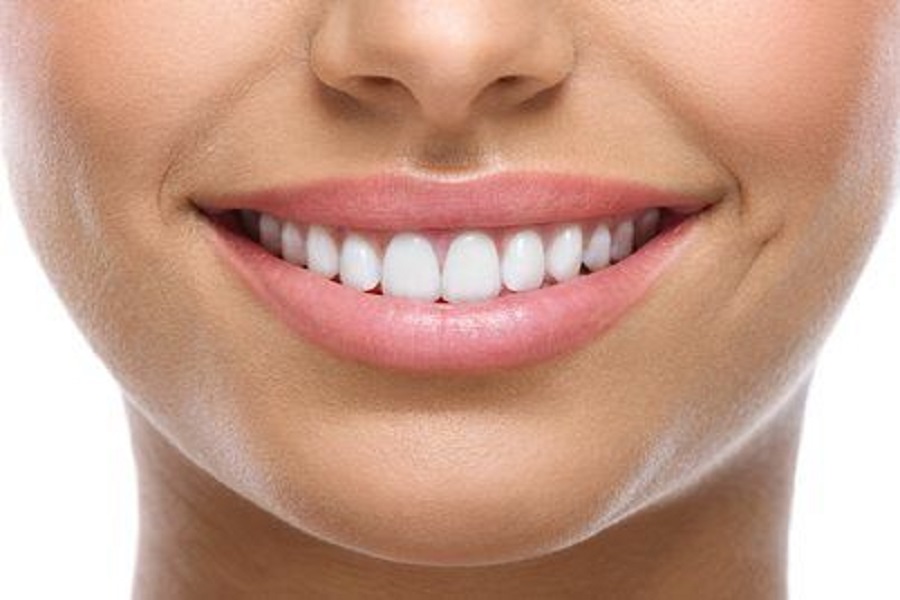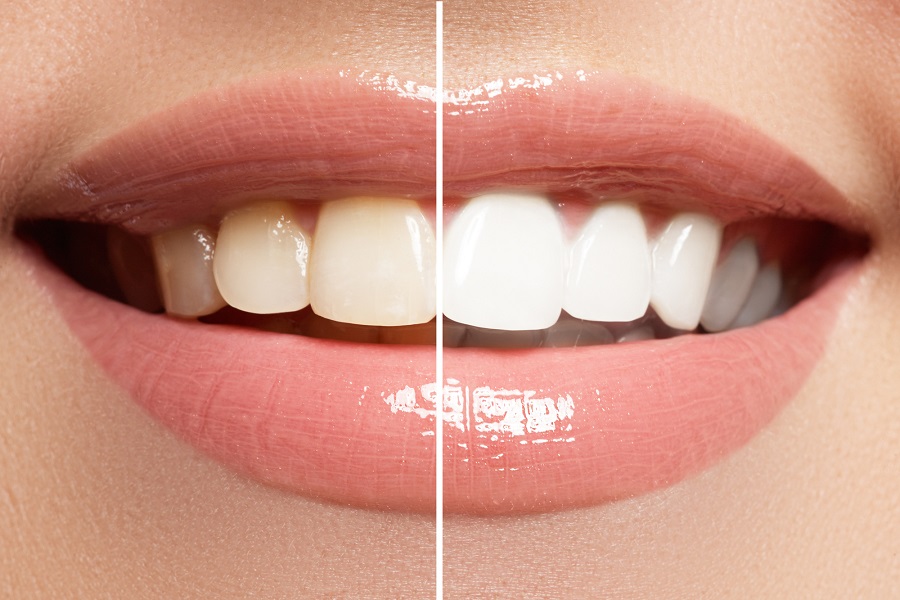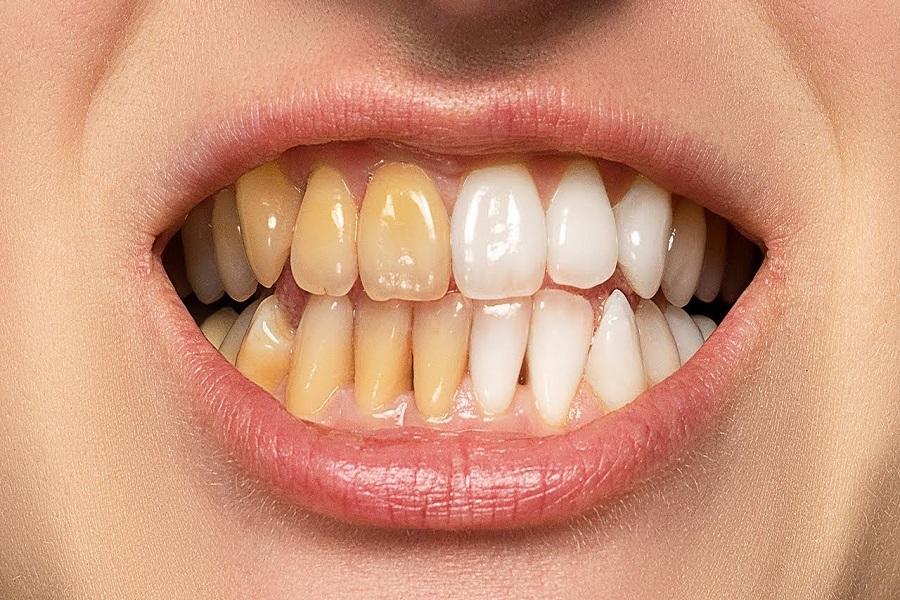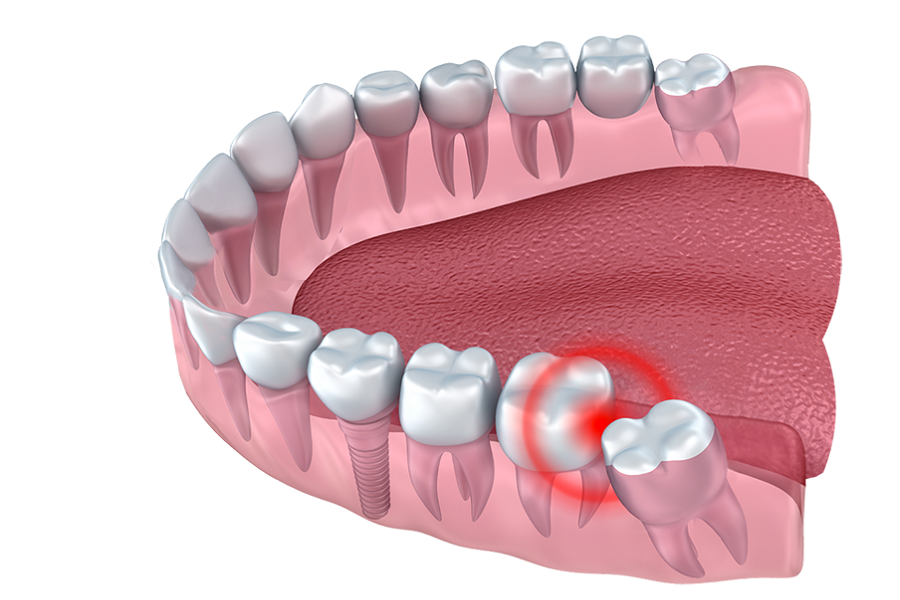“We all know that a strong and healthy body requires a certain intake of nutrients every day,” said Dr. Bauer, a dental surgeon. shamon. “Similarly, anything you eat can affect your teeth and gums,” said Jones, a spokesman for the American Dental Association.
It’s not just sugar that’s bad for your teeth, many healthy-looking foods can also cause cavities, gum disease, and bad breath, while other lesser-known foods can surprise people. This article will talk about what kind of food is good for teeth and whitening……Don’t treat carbohydrates as snacks Eat a handful of potato chips, or a whole wheat bread is not as bad for teeth and gum damage as chocolate, wafers How much smaller. All carbohydrates are digested and decomposed into monosaccharides or disaccharides in the body. These sugars are the best medium for bacterial growth and reproduction. Leftover food is a major culprit in gum disease and tooth decay.
American Nutrition Dietetic Association spokesperson, Clin Dr. Christine. Foods that are primarily carbohydrates, such as bread, are “hard to chew and stick to,” Gerstein said, tending to stick to the teeth or the gum-tooth junction. Therefore, eat carbohydrates as a main meal, not as a snack. Because when a large amount of food is eaten, the oral secretion of saliva increases, and saliva can wash away food residues. Green tea contains tea polyphenols, which are plant antioxidants that prevent the formation of plaque on teeth and reduce the risk of gum disease and dental caries. “Tea can also get rid of bad breath, because it can inhibit the growth and reproduction of anaerobic bacteria, which can decompose food and produce bad odor”, Christine. D. Wu said. He is the Associate Dean of the School of Dentistry at Illinois State University in Chicago, USA, Doctor of Science, and has led several researches on tea and cavity health. Many other types of tea contain fluoride, which protects tooth enamel and prevents tooth decay. Drinking water with a straw Most sodas, sports drinks, and juices contain acids, such as citric and phosphoric acid. Acids can erode tooth enamel, even if they are ingested through the diet or without sugar.
According to a study in the British Journal of Dentistry, drinking from a straw placed near the base of the tongue can prevent acids from reaching the enamel. Add more vitamin C “Vitamin C is like cement that connects all cells together. Just as good skin needs vitamin C, so does healthy gum tissue,” Jones said. According to a survey of 12,000 U.S. adults by the City College of New York University, those who consumed less than 60 mg of vitamin C per day had a higher risk of developing gum disease than those who consumed more than 180 mg of vitamin C. 25% or more. (An orange contains more than 80 mg of vitamin C). 800 mg of calcium per day According to the findings of the City College of New York University in the United States, people who can do this do reduce the risk of gum disease. The reason is: The calcium contained in teeth and bones accounts for 99% of the total calcium in the body. Foods containing calcium, such as cheese, milk and yogurt, can make the alveolar bone stronger, and the tough alveolar bone can be firmly fixed. teeth. Recommended intake: 1000 mg/day for women under 50 and 1200 mg/day for those over 50.
Advertisements
5 ways to whiten your teeth
Advertisements
Related Posts
Popular Articles
How Much Is Full Coverage Dental Insurance?
Dental insurance is an essential part of maintaining good oral health. It helps you cover the cost of dental care...
Latest Posts
Tags
alveolar bone bad breath black teeth bleeding gums cold light whitening crooked teeth cure dental care dental implant dental implants Dental Insurance dentures discolored teeth disease gingivitis Gum Disease misaligned teeth oral disease orthodontic orthodontic care orthodontics orthodontic treatment periodontal disease periodontitis permanent teeth porcelain teeth teeth teeth cleaning teeth white teeth whitening teeth whitening methods Teeth Whitening Strips tooth tooth decay tooth extraction tooth filling ultrasonic cleaning underbite whitening whitening toothpaste white teeth wisdom teeth wisdom teeth extraction wisdom tooth yellow teeth

Panda Oral – oral and dental health consultants around you, providing orthodontic, tooth whitening, dental implants, scaling, filling, extraction, dental implants, dental caries, wisdom teeth, bad breath, bleeding gums, oral ulcers, periodontal disease for patients with dental diseases It can help you solve oral problems easily.【Contact us: [email protected]】
Recent News
- are braces free with medicaid 04/18/2025
- Do Impacted Wisdom Teeth Need to Be Removed? 04/18/2025
- How Long Does It Take for Wisdom to Heal? 04/18/2025
Copyright © 2023 PANDA ORAL - Oral_Oral health_oral hygiene_oral care_dental health_dental oral surgery





























